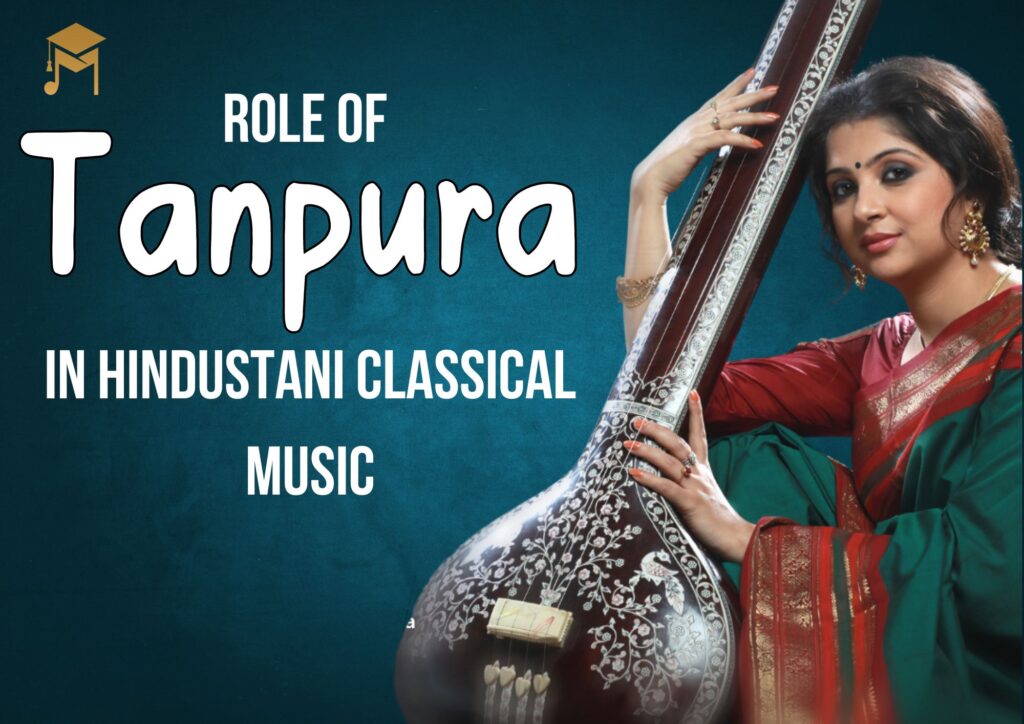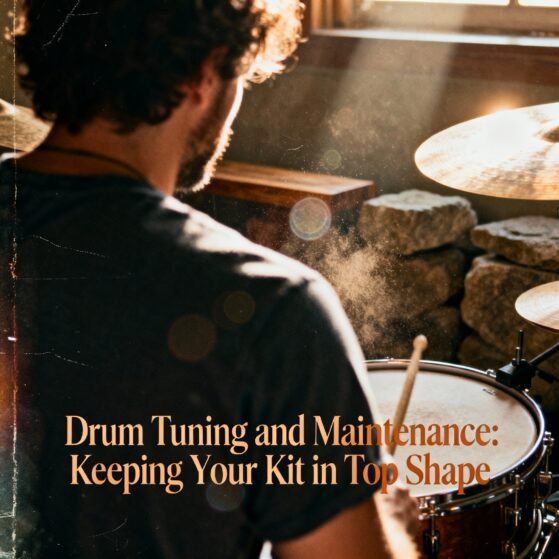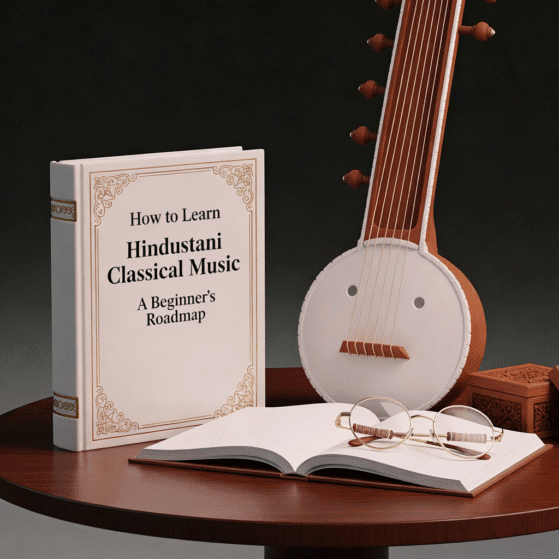The Role of Tanpura in Hindustani Classical Music
Hindustani classical music, with its profound history and intricate musical heritage, stands as one of the pinnacles of Indian cultural expression. Among the myriad of instruments that lend their unique voices to this genre, the tanpura holds a special and irreplaceable role. Often considered the backbone of Hindustani classical music, the tanpura provides the essential drone that supports and enhances the melodic structure, creating a rich and resonant soundscape.
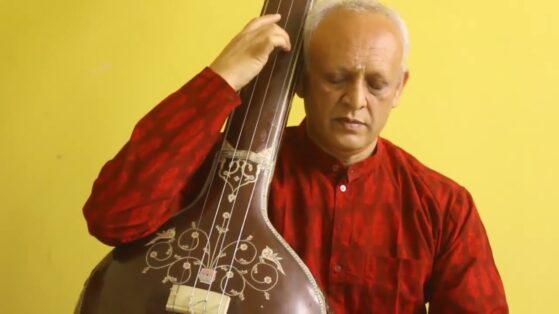
Historical Context and Evolution
The tanpura, also known as tambura or tanpuri, is a long-necked plucked string instrument. Its origins can be traced back over centuries, evolving alongside the development of Indian classical music. The instrument is believed to have derived its name from the Sanskrit words “tana” (musical phrase) and “pura” (full), signifying its role in providing a continuous, full-bodied drone. Historical references to the tanpura can be found in ancient texts, paintings, and sculptures, illustrating its long-standing presence in Indian music.
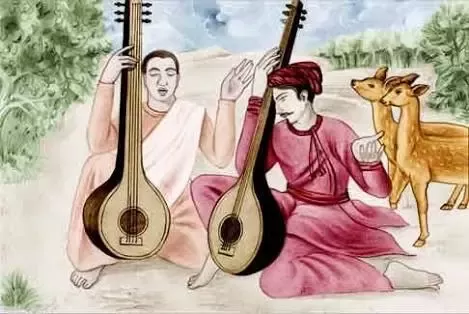
Physical Characteristics
The tanpura is a simple yet elegant instrument. It typically has four to six strings. Musicians tune these strings to specific pitches to create a harmonic drone. The tanpura’s body usually consists of seasoned gourd, wood, or a combination of both. This construction produces a resonant sound that sustains for long periods. The instrument comes in various sizes, ranging from small tanpuris for vocalists to larger versions for instrumental performances.
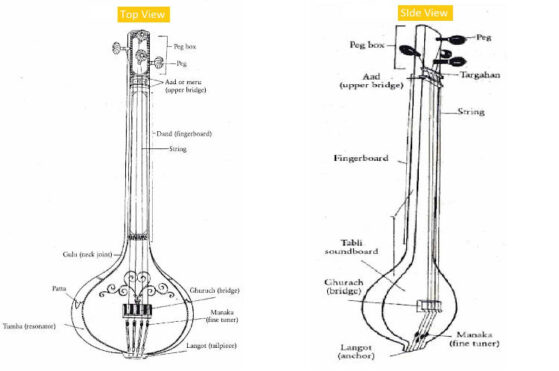
Role in Performance
In a typical Hindustani classical music performance, the performer plays the tanpura continuously. This provides a constant harmonic reference. The tanpura’s drone includes the fundamental note (sa) and its octave. It also features one or more notes from the raga, typically the fifth (pa) or the fourth (ma). This drone serves several critical functions.
Pitch Reference: The tanpura provides a stable and continuous pitch reference, ensuring that the vocalist or instrumentalist remains in tune throughout the performance. This is especially crucial in a genre where microtonal precision is highly valued.
Harmonic Support: The rich overtones produced by the tanpura’s drone create a harmonic foundation that supports the melody. This harmonic backdrop allows the performer to explore the raga’s intricacies, weaving complex melodic patterns with confidence.
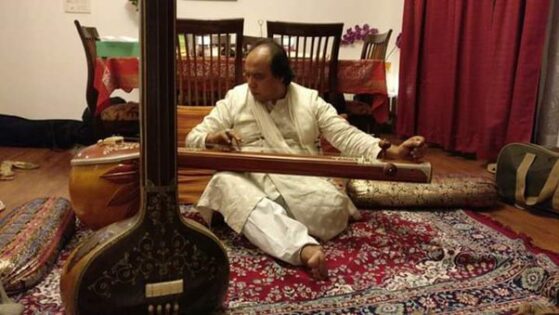
Mood and Atmosphere: The tanpura’s soothing and meditative sound contributes significantly to the overall mood and atmosphere of the performance. It helps create a serene and contemplative environment, allowing both the performer and the audience to immerse themselves fully in the music.
Rhythmic Anchor: Although the tanpura is not a rhythmic instrument, its steady drone serves as a subtle rhythmic anchor. It provides a sense of temporal continuity and helps guide the performer through the rhythmic cycles (talas) of the composition.
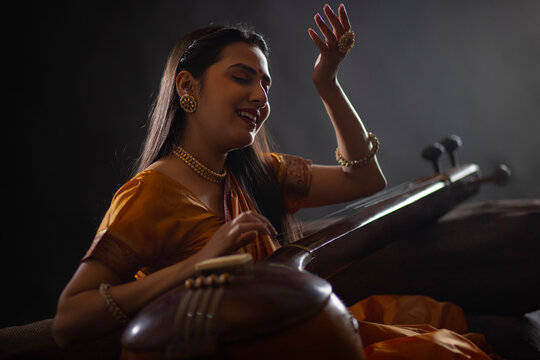
Symbolic and Philosophical Significance
Beyond its musical role, the tanpura carries symbolic and philosophical significance in Hindustani classical music. The continuous, unchanging drone represents the eternal and unchanging nature of the universe. It reminds performers of the spiritual aspect of music and encourages them to seek a deeper connection with the divine through their art.
The tanpura also symbolizes “shruti” (microtones), a fundamental concept in Indian classical music. The subtle interplay of overtones from the tanpura’s strings trains musicians to perceive and appreciate delicate pitch nuances, fostering a deeper understanding of the music’s inner beauty.
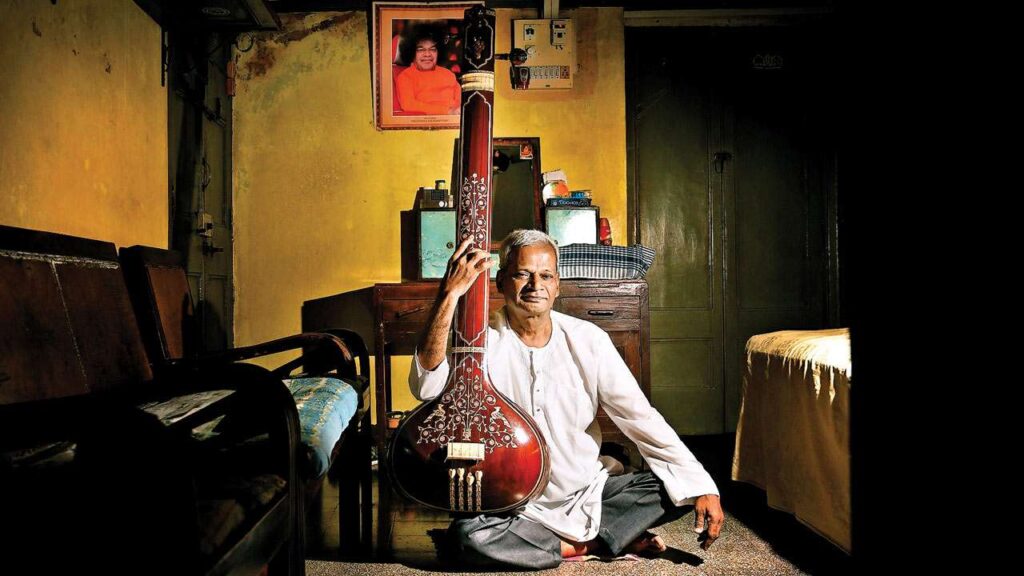
Modern Adaptations and Innovations
While the traditional tanpura remains a cornerstone of Hindustani classical music, musicians now have access to modern adaptations and innovations. Electronic tanpuras, for example, offer convenience and portability, replicating the traditional sound with a reliable and consistent drone, free from manual tuning and maintenance.
Despite these advancements, the traditional tanpura’s charm and authenticity still captivate musicians and audiences. The tactile experience of playing a handcrafted tanpura, its subtle sound nuances, and the deep connection it fosters with the music remain unmatched.
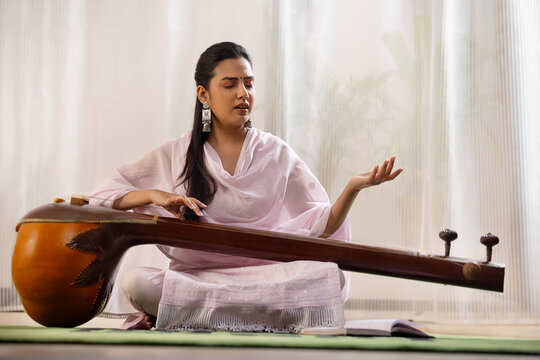
Conclusion
The tanpura plays a vital role in Hindustani classical music by providing a continuous drone that supports its complex melodies and rhythms. This instrument enhances the music and symbolizes deeper philosophical concepts, embodying its timeless beauty. At The Mystic Keys, we celebrate this heritage through courses and tutorials that deepen understanding and mastery of the tanpura. Join us to explore this essential instrument and its impact on classical music.
For more information and exciting resources about learning music, visit our website at The Mystic Keys. For more music content and exciting offers follow us on


